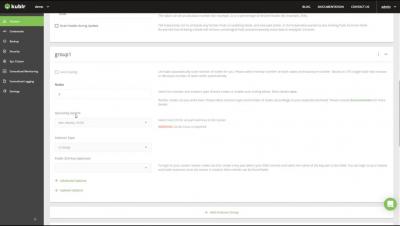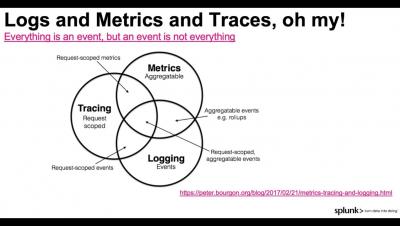Get to Know the HAProxy Process Manager
The HAProxy Process Manager allows you to start external programs that are managed under HAProxy. Not everything is compiled directly into HAProxy’s C code. Some components are written using other programming languages and run alongside the load balancer.











